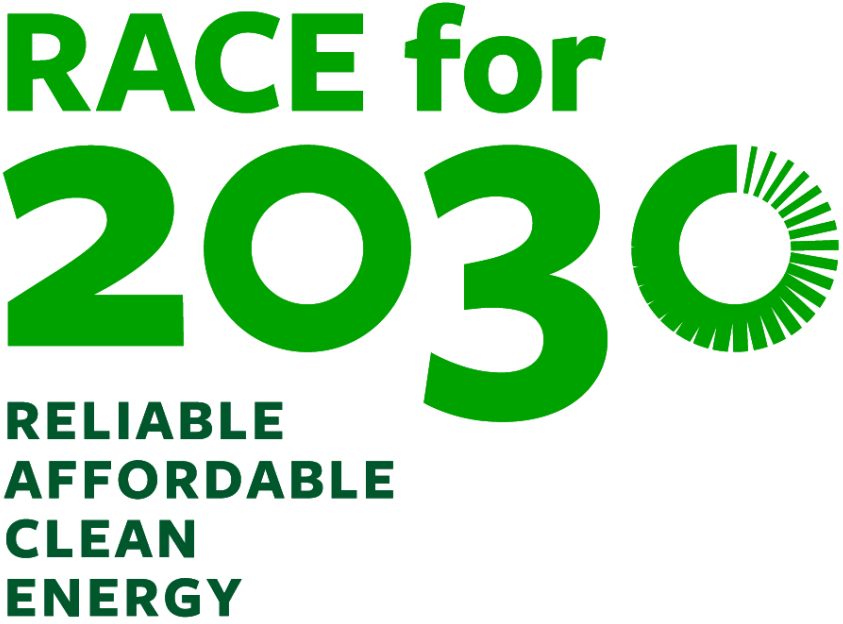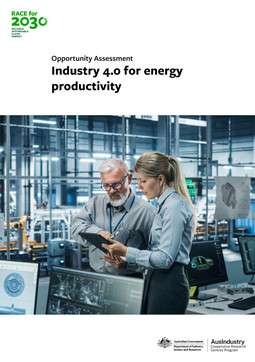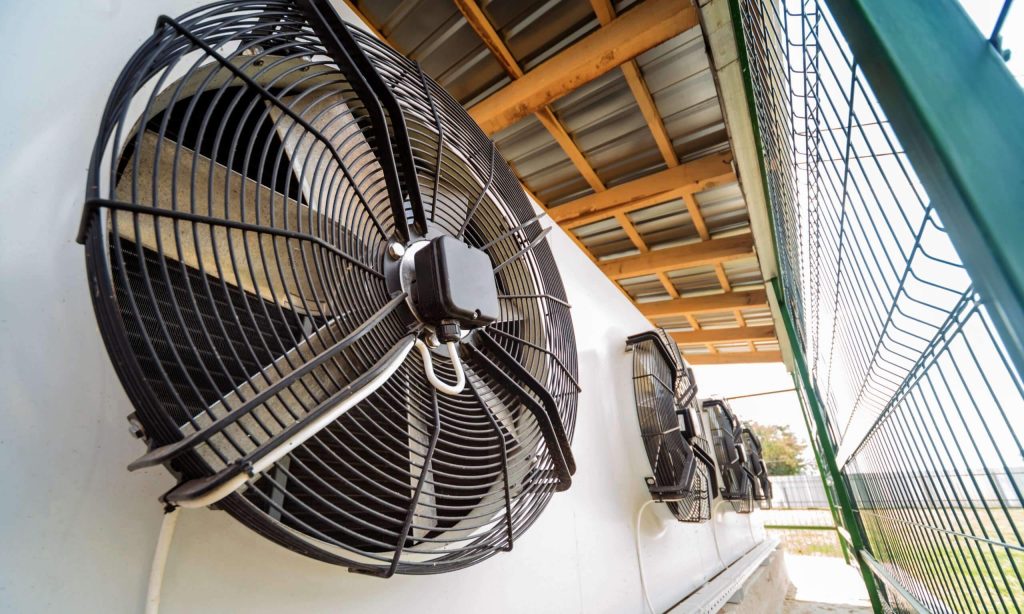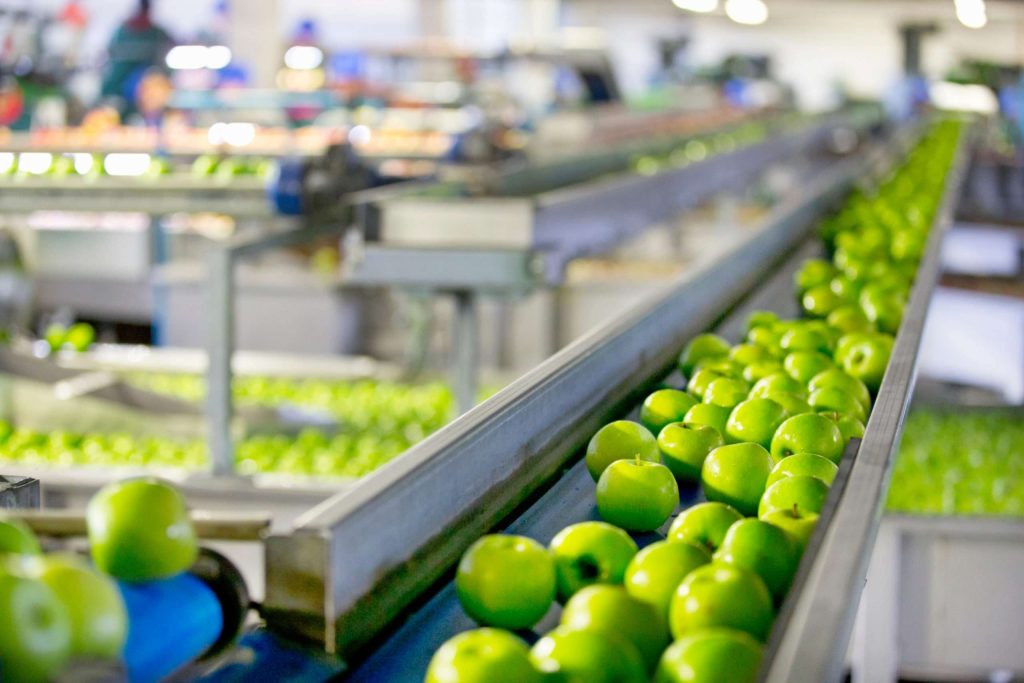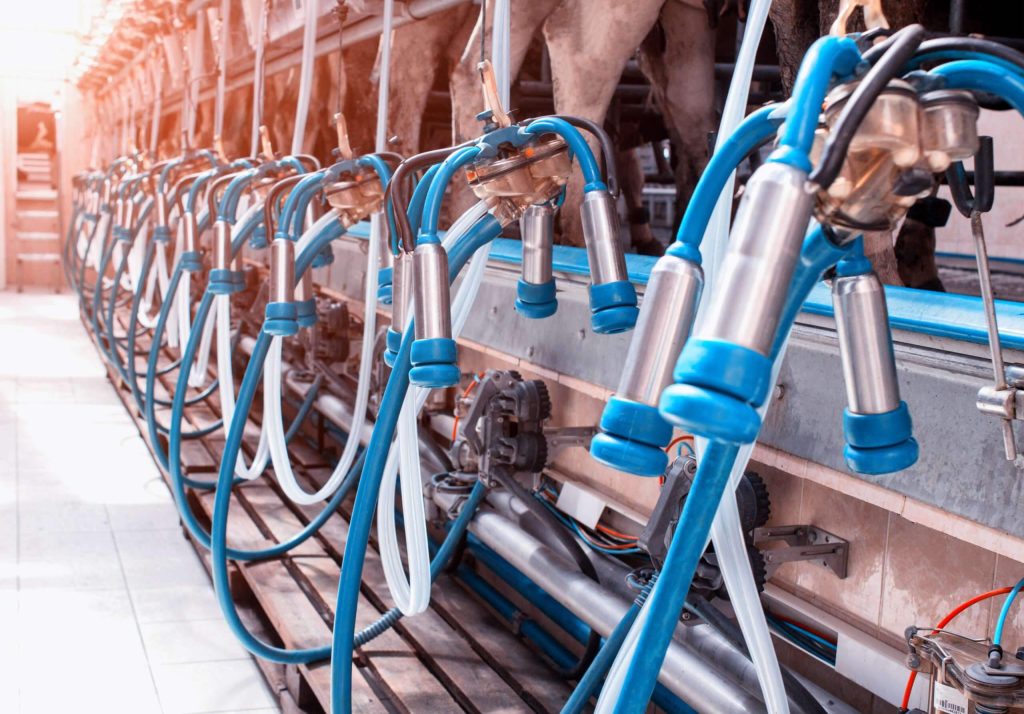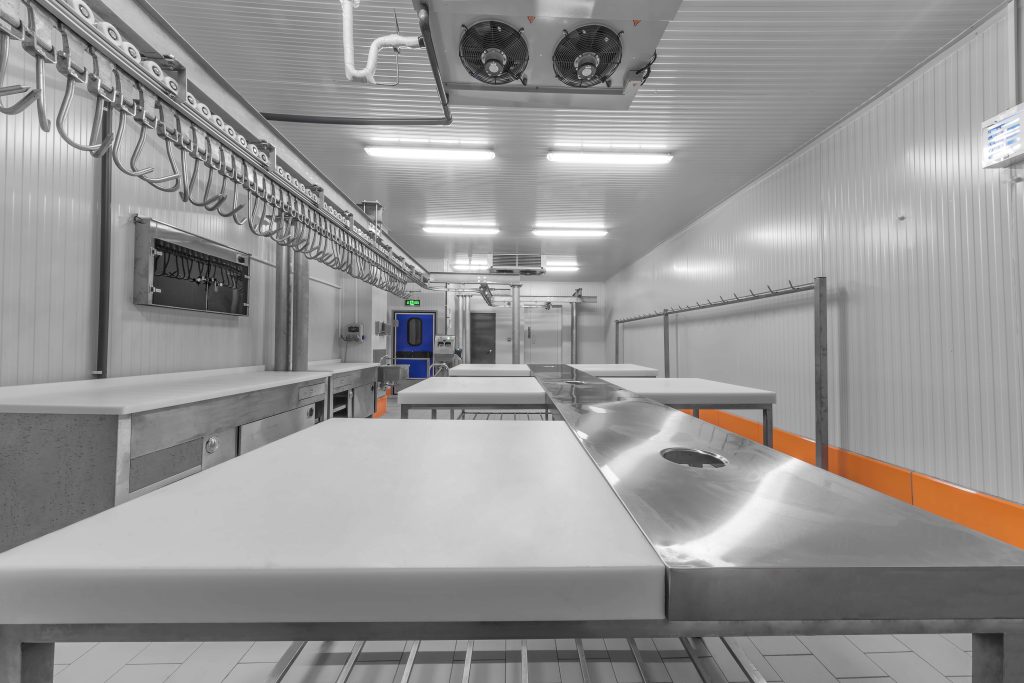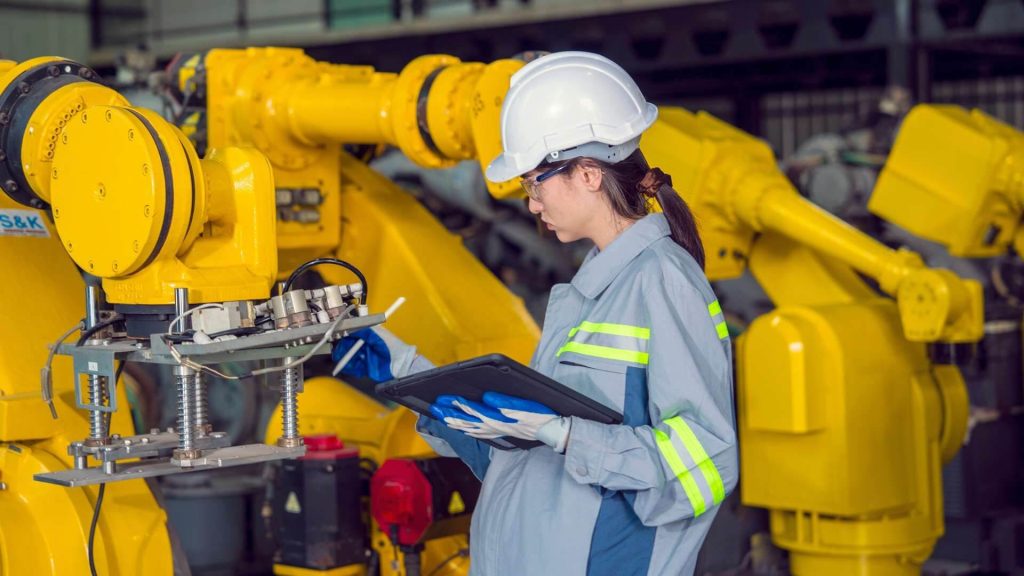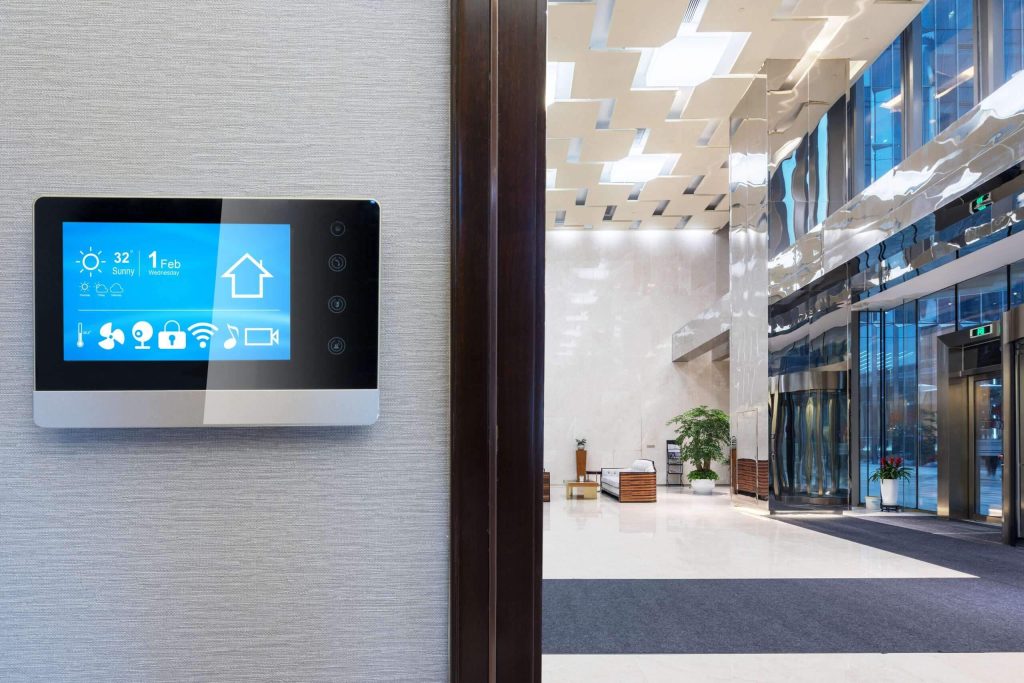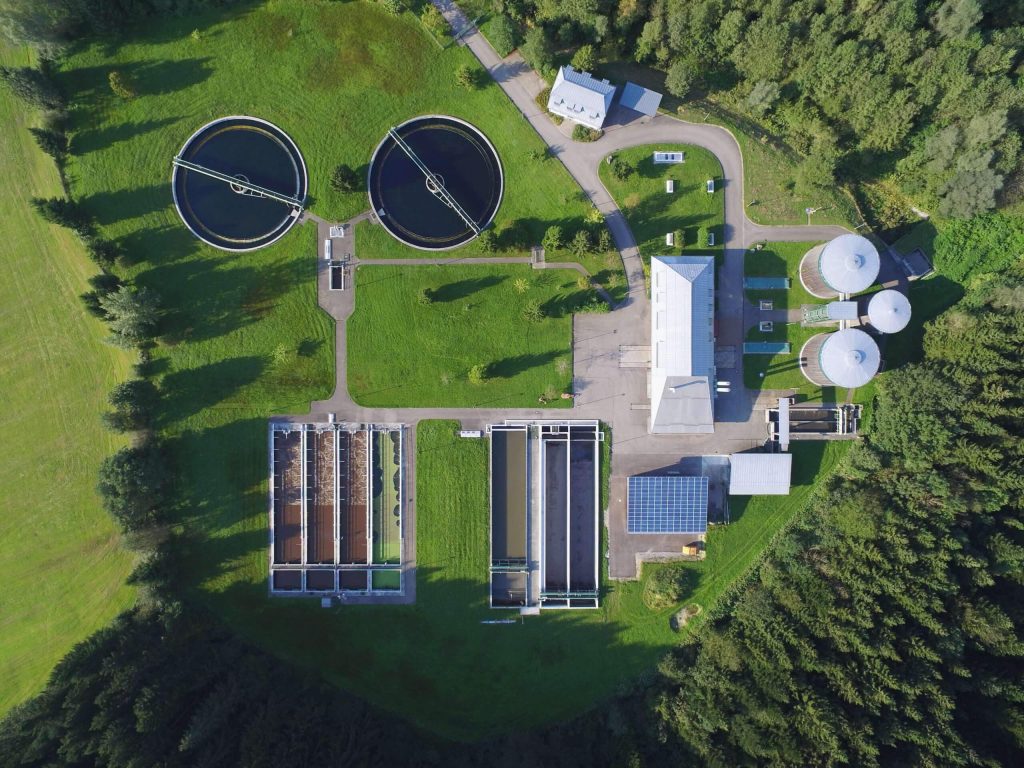Chief Investigators
A/Prof. Andrea Trianni (UTS)
Purpose of project
Industry 4.0 describes a suite of solutions including better data, improved data analytics and greater connectivity and autonomy to optimise energy usage. This includes: artificial intelligence (AI), Internet of Things (IoT), advanced metering, remote control, robotics and automation, and cloud computing. Industry 4.0 is described as “enabling informed yet autonomous decisions” for flexibility and agility (Ghobakhloo and Fathi, 2021), which also directly relates to the objectives of RACE for Business research theme B4: flexible demand and demand control technology and development. It is important to note that an emphasis on end-to-end energy productivity is critical, as focusing on individual business productivity improvements will not deliver the scale of change required to meet the target impacts (explained further below). Industry-wide strategies to stimulate adoption of key Industry 4.0 capabilities across supply chains and/or ecosystems will be essential to achieve scale. For example, very few businesses will be able to independently generate enough of the right data to build adequate algorithms for effective AI improvements.
Findings
- In the non-residential buildings sector, the relevant platform for Industry 4.0 is an Energy Management Information System, which can include specific energy productivity applications such as monthly data analytics, energy analytics using real-time and submeter data, equipment fault detection and diagnosis, building control optimisation and flexible demand
- In the industrial sector, Industry 4.0 enables services such as energy efficiency, real time monitoring, resource management, interoperability, autonomisation and flexibility.
- Barriers to Industry 4.0 include technological, economic, regulatory and social issues, such as industry perception based on imperfect information, entrenches practices, short-term focus of investment decisions, trust deficits due to previous failed technology implementations, technical complexity and security/privacy risks, lack of interoperability and standardisation of data, training deficits in technologies and processes, and the need for organisational change.
- Legal and regulatory frameworks will need to be adjusted to enable the large-scale data practices which are part of Industry 4.0. The report summarises the regulatory frameworks which may be relevant.
- Business model patterns applicable to Industry 4.0 include integration, servitisation and expertisation, all of which are designed to leverage the mass of data available once Industry 4.0 is adopted. The report provides details on these models, including challenges with and benefits of implementation.
Potential impact
Potential energy productivity benefits from using Industry 4.0 include gross energy savings of $1.1 billion by 2030-31, with corresponding emissions reductions of 5.9 Mt CO2-e by 2030-31. The International Energy Agency (IEA, 2014) has identified that the multiple economic and social benefits of energy-efficiency technologies can produce up to 2.5 times the value of the energy savings.
Research roadmap – the path to decarbonisation
The research roadmap is structured into six strategic focus areas, namely: cybersecurity frameworks and guidelines, methods for valuing energy efficiency/productivity, removal of interoperability barriers, stakeholders’ awareness and capacity building, institutional arrangements and platform for data sharing and data management, and Pilot and Demonstration projects. A prioritised list of projects was developed, which identified target sectors, key beneficiaries, main challenges, timeframes and indicative project budgets, as indicated in the table below.
Prioritised list of projects
| Project no. | Title | Focus/target sector | Key beneficiaries | Main challenge | Timeframe | Project budget |
| Project 1 | Institutions for Data Custodianship: Data Trusts | Businesses that generate and use energy data | All businesses that generate or use energy data | Social and regulatory barriers. Establishing legally binding obligations on data custodians builds trust in data sharing | Short-medium-long term | < $500,000 |
| Project 2 | Reference architecture models for Industry 4.0 interoperability in the energy sector | Businesses that may benefit from Industry 4.0 technologies for improved energy productivity | Businesses implementing Industry 4.0 technologies for energy productivity | Barriers to interoperability of Industry 4.0 technologies. A reference architecture can assist in overcoming these barriers by developing rules of the road to allow better integration of Industry 4.0 technologies and systems. | Short-medium-long term | < $500,000 |
| Project 3 | 3 Cybersecurity frameworks & guidelines | Businesses that share energy data | Businesses that share energy data an energy users | Inadequate cybersecurity in the energy sector which contributes to a lack of trust | Medium term | < $500,000 |
| Project 4 | Defining Digital Ready for Non-Residential Buildings | Non-residential buildings | Building owners who want to de-risk investment in digitalisation technology. Electricity retailers who need to know if its cost effective to procure flexible demand services. Digitalisation technology providers who would like endorsement of their technologies | Perceived complexity, risk and cost of establishing the requisite IT infrastructure and connectivity for implementing Industry 4.0 | Short-medium-long term | > $1 million for the overall research, testing and industry utilization support journey. (staged investment) |
| Project 5 | Industry 4.0 Energy Productivity Networks sharing knowledge to improve competitiveness | Manufacturing sector | Key decision-makers of companies operating in various manufacturing sectors | Awareness and lack of skills | Medium-long term | $500,000 -$1million or above (depending on number of companies involved) |
| Project 6 | Smart metering and Artificial Intelligence for industry decarbonisation | Manufacturing sector | Key decision-makers of companies operating in various manufacturing sectors | Lack of awareness | Short-medium term | $500,000 -$1million or above (depending on number of companies involved) |
| Project 7 | Australian Smart Energy SMEs from Industry 4.0 energy audits to an integrated approach | Manufacturing sector | Key decision-makers of companies operating in various manufacturing sectors | Lack of awareness / Energy auditors | Medium-long term | $500,000 -$1million or above (depending on 13 energy audits to an integrated approach number of companies involved) |
| Project 8 | Optimising energy productivity and consumable lifetime in machining processes | Manufacturing sector | Manufacturers, Consumers (lower cost) | Inadequate Infrastructure, Uncertainty about ROI, Resistance to Change | Short-medium term | $100,000 -$300,000 or above |
| Project 9 | Optimising energy productivity of HVAC Systems Energy Consumption, Air Quality, and Comfort | Building management | Building Managers, HVAC Plant Operators, Occupants | Inadequate Infrastructure, Uncertainty about ROI, Resistance to Change, Inadequate Information | Short-medium term | $100,000 -$300,000 or above |
| Project 10 | Overcome or bypass barriers to real time smart data collection due to limited meter capability, reduce M&V cost | Manufacturing and nonresidential buildings with potential, based on outcomes, to expand to other sectors. Government operators and delivery agents of M&V for white certificate programs | Industry 4.0, EP businesses and their clients, white certificate program operators, Third party energy service providers, energy auditors, water authorities, energy retailers and network operators | Limited numbers of smart meters (for electricity, gas and water) and high upfront Monitoring & Verification costs are major barriers to adoption of Industry 4.0 and Energy Productivity measures | Short-medium term | $500,000 -$1million |
| Project 11 | Develop strategies to assist early-stage adoption of basic Industry 4.0/ EP measures and trial in Compressed Air across selected sites | Businesses using existing inflexible equipment and inefficient technologies that are unable to respond to real time data to optimise performance, have high standby losses, etc, | Accelerate adoption of Industry 4.0/EP across business; help i4.0/EP service providers to identify ways of overcoming major barriers identified in this project | Compressed air is used widely throughout industry and uses 10-15% of site electricity with high (80+%) losses and impacting on business productivity | Short term | 500,000 -$1million |
Project partners – industry and research
University of Technology Sydney (UTS) (Lead), Australian Alliance for Energy Productivity (A2EP), AGL, Australian Meat Processor Corporation (AMPC), CSIRO, Department of Energy, Environment and Climate Action (DEECA) (VIC), Exergenics, IoT Alliance Australia (IoTAA), NSW DCCEEW, RMIT, Simble, Sydney Water
Industry Reference Group members
AGL, Bosch, Exergenics, Federal Department of Climate Change, Energy, Environment and Water (DCCEEW), Federal Department of Industry, Science, Energy and Resources (DISER), DPIE, DELWP, Energy OS, NSW Environmental Protection Authority (NSW EPA), Schneider, Simble, SwitchDin, Sydney Water, Telstra
References
Ghobakhloo M, and Fathi M (2021) ‘Industry 4.0 and opportunities for energy sustainability’, Journal of Cleaner Production. https://doi.org/10.1016/j.jclepro.2021.126427
IEA (International Energy Agency) (2014) Capturing the Multiple Benefits of Energy Efficiency, https://www.iea.org/reports/capturing-the-multiple-benefits-of-energy-efficiency website, accessed 20 June 2023.
Published Report
Status
- Completed
Opportunity Assessment
- Completed
Project Leaders
- Andrea Trianni, UTS
Completion Date
January 2023
Project Code
0229
